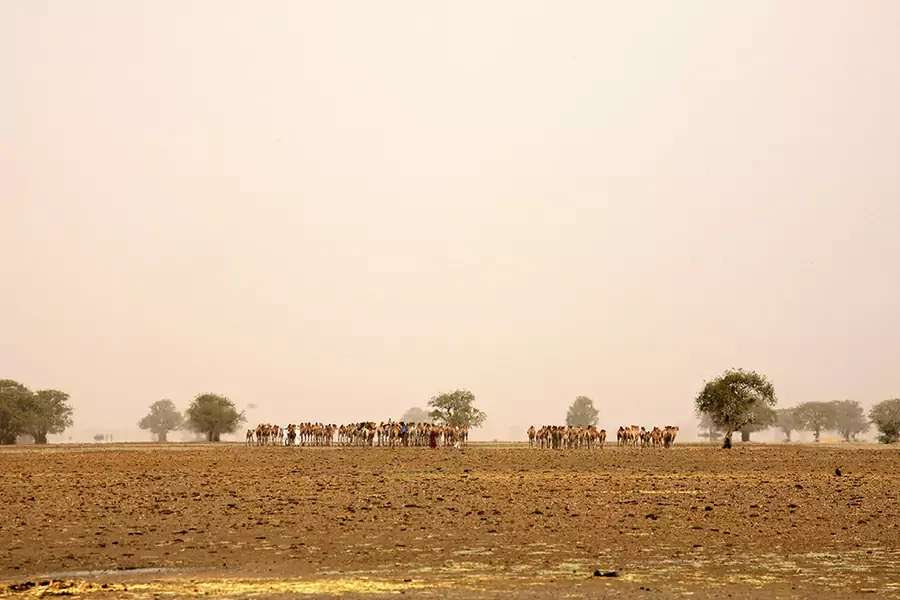Farmer Herder Clashes in Chad Follow Familiar Pattern

There are new reports of violence, characterized as farmer-herder conflict, in Chad. According to Agence France Presse and Voice of America, thirty-five have died [French] since May 16 in separate incidents across the Sila and Ouaddai provinces of eastern Chad. A Chadian prosecutor reported arresting thirty alleged perpetrators of the violence.
The media reports do not cite religious differences between the herders and farmer—the region in which the clashes took place is predominantly Muslim—though they may exist. Chad itself is about 60 percent Muslim, while the remainder is split between Christians and those of traditional beliefs. However, herders and farmers historically have been from different ethnic groups, and in this case it appears that the herders are Arab and the farmers are black Africans. Hence, an apparent conflict over land use may also have or develop an ethnic dimension.
More on:
In Nigeria, Chad’s more populous and more crowded neighbor to the southwest, farmer-herder conflict over water and land is a major source of instability and death tolls are far higher than those reported from Chad. Though concentrated in Nigeria’s middle belt states, such conflict it to be found elsewhere, and it is growing in intensity and geographic spread. Recently, the greatest number of deaths from farmer-herder conflict has been in Zamfara state, north of the middle belt.
Ethnic and religious boundaries can coincide with those of conflicts over land and water use. For example, in some parts of Nigeria, Muslim Fulani herdsmen clash with Christian Berom farmers. Too often, a largely absent media reports these conflicts in the context of a struggle between “Muslims” and “Christians,” downplaying or ignoring ethnic rivalries and the competition for land and water, as well as the growing criminal dimension manifest in banditry and cattle rustling. But elsewhere, religious difference play little role, like in Zamfara, whose population is almost entirely Muslim.
Chad’s Arabs and Nigeria’s Fulani have similarities: both groups traditionally are herders, both are predominately Muslim, and both historically preyed on smaller ethnic groups to feed the trans-Sahara slave trade, but the two are otherwise distinct. Chad has a small number of its own Fulanis, a semi-nomadic group spanning West Africa and the Sahel and numbering an estimated 40 million.
In Nigeria, climate change drives desertification, pushing herders further south, where they compete with farmers for land and water, while a demographic boom puts further stress on these dwindling resources. Reports cited those factors as at play in farmer-herder conflicts in Chad.
The Chadian and Nigerian governments are weak, with N'Djamena and Abuja unable to maintain security over large areas of their territory. Hence, cycles of attacks, cattle rustling, and other criminal activity are often a factor in ongoing conflicts between herders and farmers.
More on:
 Online Store
Online Store